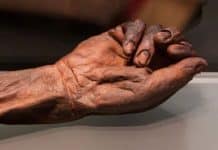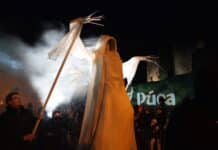County Cork in Ireland has a varied and somewhat troubled history with much of it centring on Cork City itself. ANN MASSEY takes a look at some of the places where that history refuses to be left in the past.
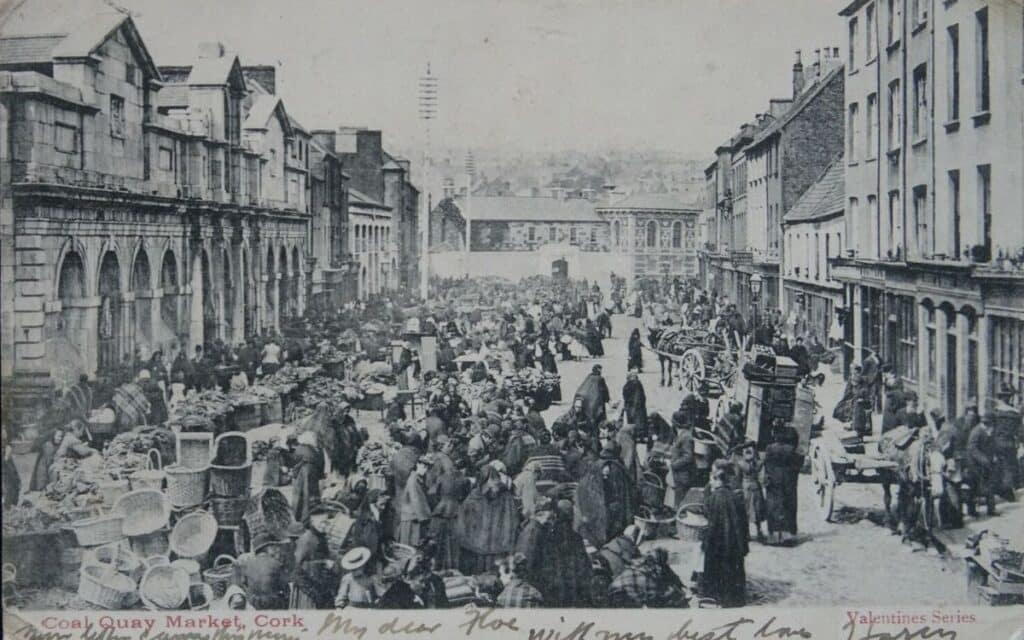
Cork City Gaol
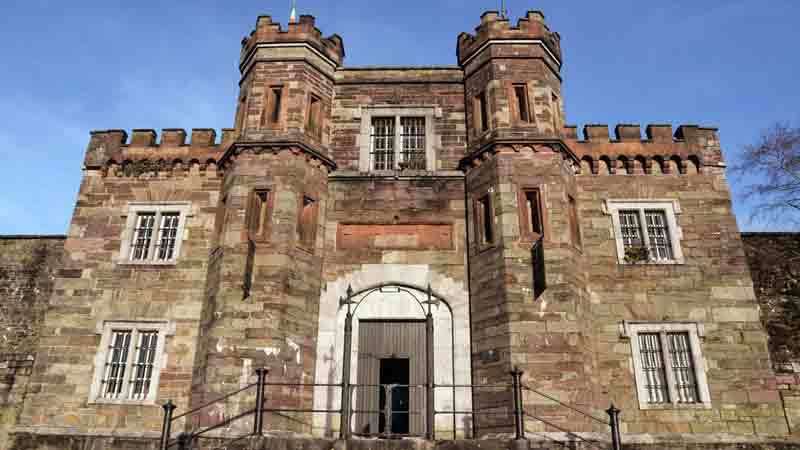
Built to replace the old, overcrowded prison, Cork City Gaol was opened to prisoners in 1824.
An imposing gothic style citadel just 2 kilometres from the very heart of Cork City, the prison remained home to both male and female convicts over the course of almost one hundred years.
Having been an all-women’s gaol from 1878, the final inmates were male Republicans who fought against the Anglo-Irish treaty during the Irish Civil War of 1922-1923. In August of 1923 the prison closed its entrance gates to the incarcerated for the last time.
The question, however, is did everyone leave?
Now a heritage centre, visitors often report the sound of the shuffling feet of inmates in the West Wing and voices are heard throughout the gaol.
When the centre first opened in 1993 workers heard the sound of a child saying “Daddy”.
Their investigations led to them to be confronted by the spectral image of a lady in a green shawl.
The prison is valued not only as a place of heritage, but for its paranormal reputation and for years has played host to the Annual Irish Ghost Convention, which takes place each October.
Open to visitors all year round, you can step through the gates and into the gaol, alert for the residual sights and sounds of long ago.
Of course if you are brave enough you can always take the night tour, however be warned that the sound of scuffing shoes behind you and the whisper in your ear may not be from a fellow tourist!
St Finbarr’s Hospital, Douglass Road, Cork City
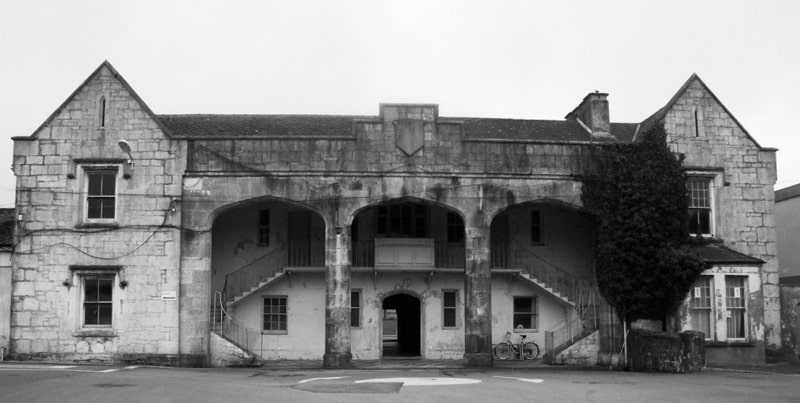
A working hospital today, St Finbarr’s started life in 1840 as the Cork Union Workhouse.
Some were held here against their will and some used it as a place of refuge because they simply had nowhere else to go.
At the time of the Great Famine from 1845-1848 the building was pushed beyond its limits and over 2000 citizens were housed in sheds and outbuildings, the disease and horror of destitution never more real and deadly.
The facility also became home to the Cork Fever Hospital.
Diphtheria, Typhoid and Tuberculosis were rife and people were dying in the hundreds weekly, their disease ridden bodies carted away via the passageways running beneath the buildings.
At the start of the twentieth century, the premises became the County Home for the Infirm and District Hospital.
In truth the buildings became a place to put those deemed to be a nuisance to society and became home to the elderly, unmarried mothers and their children as well as the criminally insane and those in need of psychiatric care.
Now a hospital with specialist units, over many years the same ghost has been seen and spoken of by patients and staff alike.
The ghost of a nun, believed to be from the forties is seen on the upper floors of the hospital, which always housed the medical cases.
She walks around the wards and corridors, as if doing her rounds and checking on her charges, believed to speak to children as she goes.
A place of tragedy and despair, it would be hard to imagine how there wouldn’t be remnants of the past remaining.
Carr’s Hill Cemetery
The worst point of the famine was in the winter of 1846/47 and it became known as ‘Black 47’.
It was the worst in living memory and those living in rural communities fled to the city believing they would find refuge and food.
This influx brought the already crippled city to its knees and many were left to die in the streets.
Cemeteries inside the city boundaries were overflowing so a local landowner saw an opportunity to turn a profit from misery by releasing some of his land just outside of Cork City.
Known as Carr’s Hole, with at least 5000 bodies interred, the mass graves contained so many coffins the ones at the top of the plots were barely covered with earth and the putrid stench of decaying flesh filled the air.
While there have been no particular sightings documented, Carr’s Hill cemetery as with all famine cemeteries are whispered about locally as a place where the dead cannot rest.
Unfortunately, tragedy doesn’t finish there, as the graveyard continued to be used as a Pauper’s burial site until the 1950s.
Dying in poverty and disease, these victims were buried like animals in unconsecrated ground, no dignity and no grave markings – a person would be hard pressed to not sense something in this place.
Be careful not to step upon the Hungry Grass covering the dead, however, you don’t want to become a victim too…
The Maldron Hotel, Cork
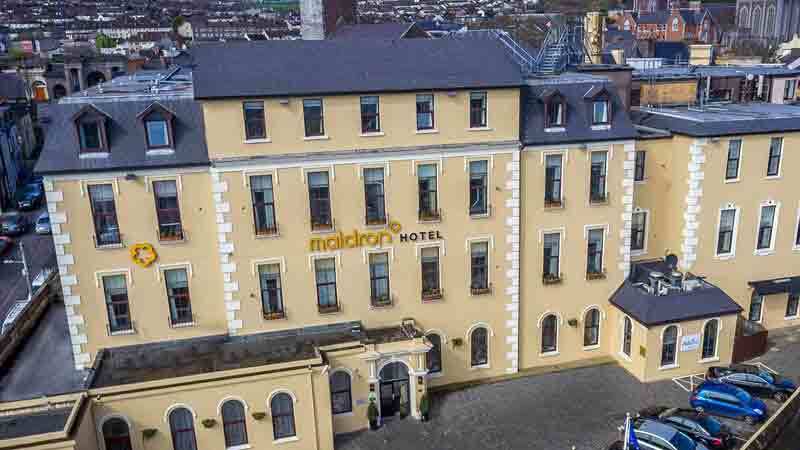
Just three minutes from the main thoroughfare of Patrick Street, the Maldron in Cork started life as the North Infirmary Hospital in 1720.
A basic medical centre, it was only built to initially support 24 patients.
It witnessed major historical events in Cork city’s history and treated the war wounded and oppressed in secret.
After over two and half centuries of the lowest level of care, amid protests the hospital was finally closed in 1987.
During its abandonment, the building was subject to vandalism, fire damage and finally dereliction.
It was then developed into accommodation for the business sector and finally in 2008 became The Maldron Hotel.
This hotel is the subject of many claims of paranormal activity.
It is believed to be haunted by a woman who died giving birth when it was the North Infirmary, cleaning staff have allegedly been left terrified and the gym has succumbed to broken mirrors and equipment breaking for no reason.
Paranormal investigators have chosen to stay in rooms 318/319 which are mysteriously separated by a closed off room 325 and supposedly active.
Whether these claims are to be believed or not, you will have to spend the night and find out!
Our Lady’s Hospital and St Kevin’s Asylum, Shanakiek, Cork
Our Lady’s Hospital, also known as Eglinton Asylum, was originally built to accommodate 500 patients, however, demand was such it was extended further and finally in 1852 admissions began into the 1000 feet long gothic monstrosity.
Our Lady’s Hospital continually failed to meet with demand and so in 1893 St Kevin’s was built as an annexe, linked by an extensive passageway, the majority of which was underground.
Conditions were atrocious and reports spanning from 1934 to 1940 recorded mattresses on floors, unsanitary living conditions, no basic amenities and inmates being subjected to filth and squalor, describing the situation as a ‘Chapter of Horrors’.
Due to its proximity to the River Lee, many patient deaths were as a result of drowning.
St Kevin’s itself remained a mental institution until closure in 2002.
It is now abandoned, although some parts are being renovated into living accommodation.
Known in paranormal circles worldwide, St Kevin’s has earned itself the reputation of being the creepiest place in Cork.
Those who have ventured into the dark, oppressive corridors and rooms of this historical atrocity describe it as intense and unwelcoming.
There is a constant feeling of someone over your shoulder and the sounds of heels clicking on the derelict floor.
Even the most seasoned of ghost hunters have said it is impossible to stay more than a couple of hours before being overcome with the thick, heavy air of evil in the place.
Whether the site remains abandoned or the apartment conversions are finished and new residents move in, one thing is for sure-some of the old residents remain and it is not a place for the faint hearted.
Have you seen a ghost in Cork? Tell us about it in the comments section below!



